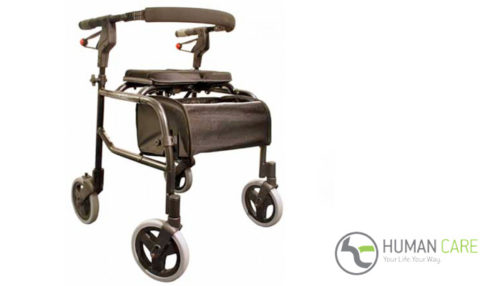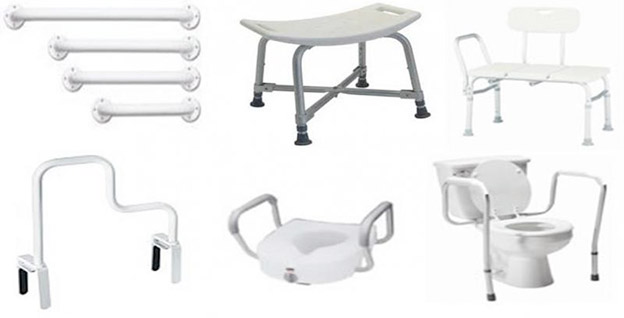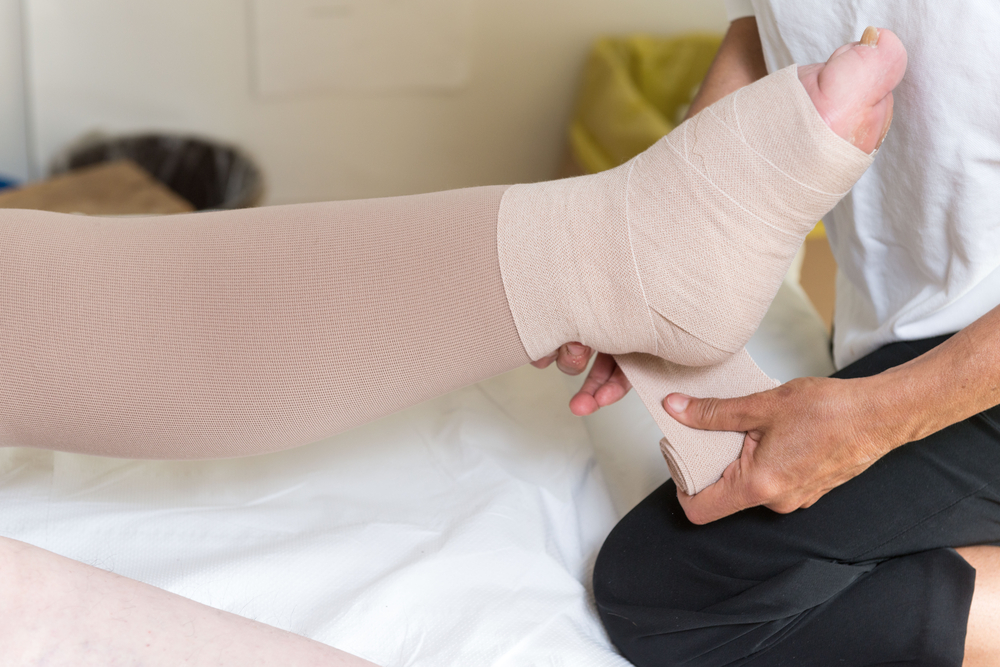Travel Tips for Individuals with Mobility Aids
Mobility aids have helped millions of people around the world enjoy their day to day lives. However, many of these people still feel like they can’t travel as much as they would like. Thankfully, there are a few simple considerations that can make it possible to use your mobility aids wherever you go. As long as you have the tools that you need to get around, your disability won’t stop you from experiencing the world in all of its fullness.
If you’ve gotten used to the convenience of using mobility aids, you most likely won’t want to give up these vital accessories when you travel. Here are some of the top tips for traveling wherever you like while retaining full use of your mobility aids.
1. Connect With Your Hotels Ahead of Time
Before you travel abroad, you should get in touch with all of the hotels where you plan to stay. While ADA-accessible hotel rooms are quite common in the United States and Canada, some hotels in Europe only have a handful of accessible rooms.
Knowing this, you should make sure to call or email the staff in each of the hotels before you book your stay. They should be able to reserve you an accessible room well in advance, or they may be able to direct you elsewhere if they simply don’t have a room that can accommodate you.
2. Work Directly With Your Airline
If you’re planning to take your mobility aids with you on your trip, it’s essential that you warn your airline of your plans well in advance. This will help to ensure that your flight plan is as streamlined as possible. Many airlines can arrange to have an employee meet you at the curb and who will guide you through security and see you to your gate.
Airlines can also make special considerations such as providing space for your mobility aids on your flight. They can even arrange to have another employee meet you at your end destination to help you disembark and get you to your preferred mode of ground transportation. If you’re visually impaired, many airlines will also allow you to take your guide dog on board free of charge, but you’ll need to make sure to let your airline know about your needs ahead of time if you want to reap these benefits.
3. Stick to Accessible Areas
While it might be tempting to go off the beaten path and enjoy sights that most people overlook, it’s important that you stick to areas that you can access with your mobility aids when you visit an unfamiliar city. Many European cities are filled with narrow streets, stairs, and seemingly endless hills, so you’ll want to avoid these areas as much as possible throughout your trip.
To get the lay of the land in a city you’ll be visiting, you can make use of the Street View function in Google Maps, which allows you to see the terrain near your hotel or around the landmarks you plan to visit. Also, you can get in touch with your hotel, travel agent, or travel guide to learn which areas of town are the most accessible.
4. Arrange for Backup Aids If Necessary
Depending on where you go, you might not always be able to take your primary mobility aids with you. However, it’s often possible to arrange to have equivalent aids available to meet you at your end destination. To find out if you can arrange to have a mobility aid there to meet you at your destination, you should get in touch with wheelchair stores or other businesses in the cities where you are planning to go.
There are many types of aids available, but you might be used to the particular type that has been assisting you for years, such as a Nexus rollator or Evolution Xpresso rollator. To find out if the type of mobility aid that you need will be available at your destination, it’s essential that you call or email businesses in the area that might be able to help you.
5. Consider Trying a Disability-Friendly Tour Company
Plenty of entrepreneurs have discovered that people with disabilities like to travel as much as anyone else. These savvy business owners have opened tour companies around the world that cater specifically to such individuals. Disabled-friendly tours are available in the form of African safari treks, day tours of the Louvre, and all-inclusive trips throughout Yellowstone and Grand Teton national parks.
The people who run these tours are fully aware of the special needs of disabled individuals, and they are well-equipped to help you get the most out of your visit to an exotic location. Many of these tour services even have their own mobility aids on hand, which can greatly simplify your travel plans. Best of all, disability-friendly tour companies take reservations well in advance, which makes it easy to work a guided tour into your already busy travel schedule.
6. Find a Travel Guide for Disabled Individuals
Even if you don’t want to go so far as to book a full-fledged tour, there are guides in every major city in the world who have made it their mission to help disabled people experience their town in style. Many of these guides are able to arrange mobility aids such as scooters, wheelchairs, neXus rollators, and walkers for you. These guides are also usually fluent in sign language.
In addition, some guides don’t cater to specific disabilities, but they simply assume that the people in their care will need special consideration as they are guided throughout a city. It’s easy to find a guide in your destination with a quick web search, and you can also find the perfect helper by consulting with your travel agent.
If you follow these simple travel tips for people with mobility aids, your journey should be much easier and more enjoyable. For more information on mobility aids and more, visit our website now!
- Adapting the Workplace for People with Disabilities - December 2, 2020
- More About Rollators and The NeXus 3 - March 26, 2020
- Bathroom Safety 101 - March 12, 2020

 905-822-1614
905-822-1614






